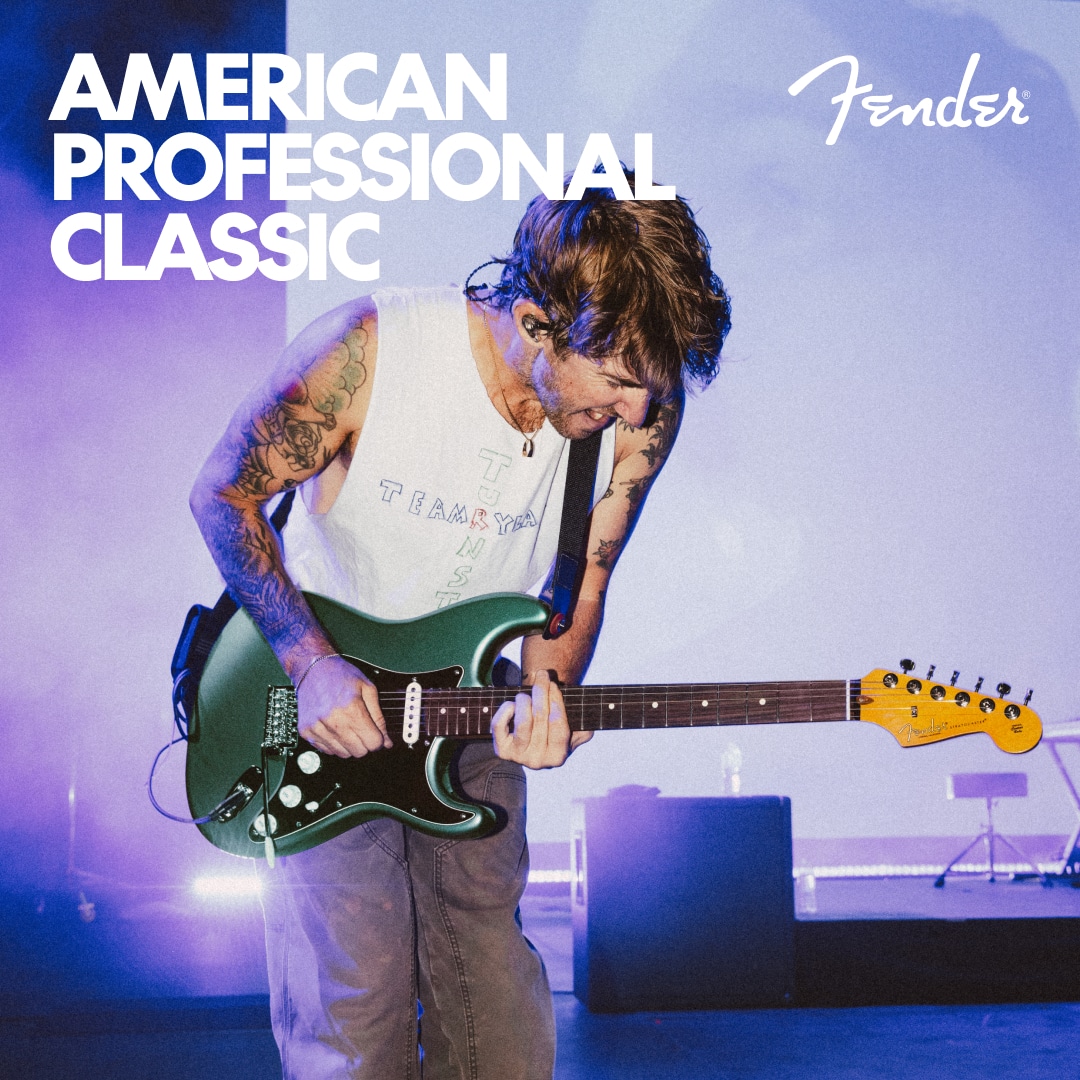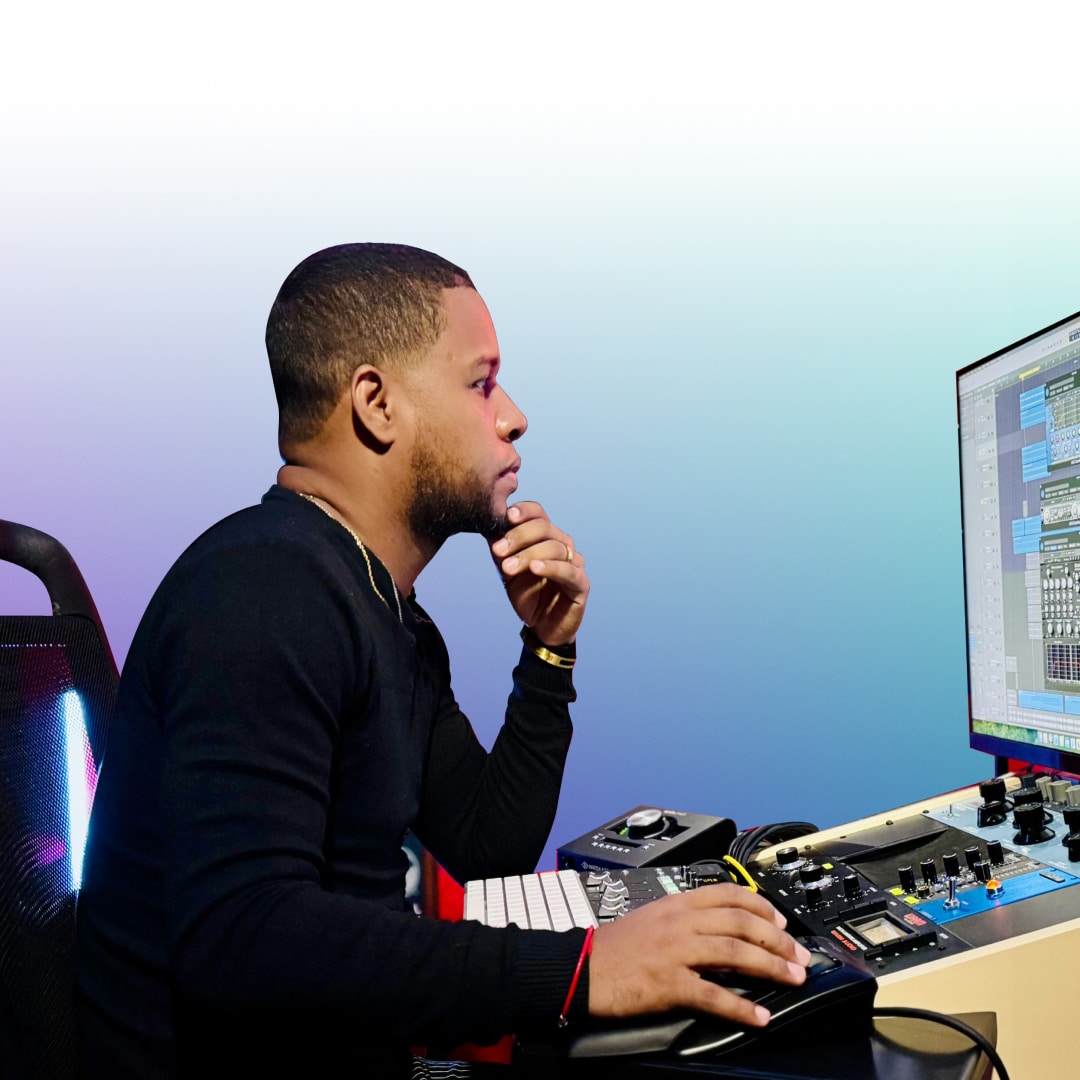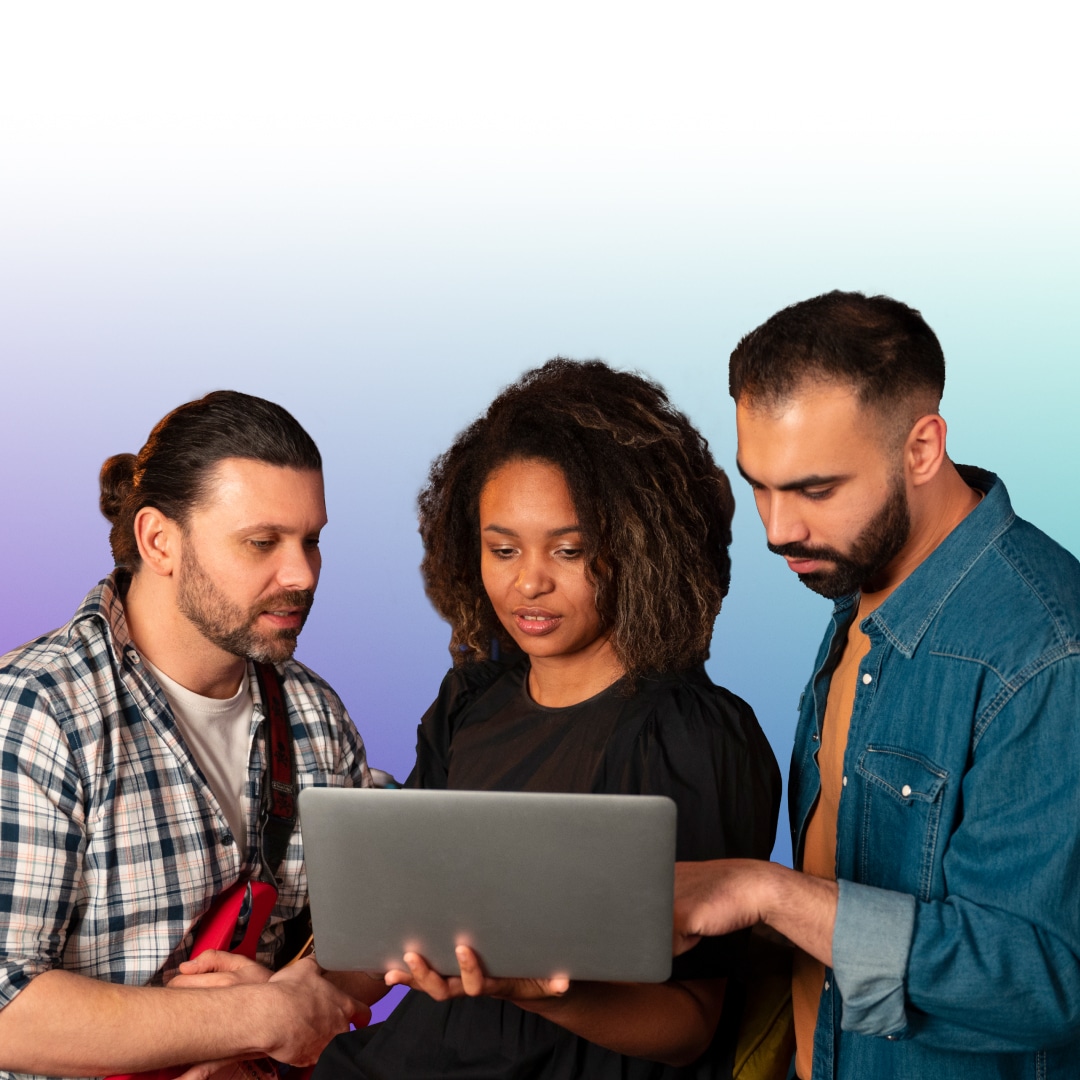Building a brand on music social networks involves more than just sharing music; it’s about creating a comprehensive strategy that leverages the unique features of these platforms. From networking opportunities on music social networks to engaging with music fans for real-time feedback, these platforms offer a multitude of ways to enhance brand presence. A well-planned approach can lead to significant advantages, such as building a loyal fanbase in the music industry and leveraging music social networks for artist collaboration. By understanding the dynamics of these platforms, artists and brands can unlock the full potential of music social networks for brand building.
Increasing Brand Visibility and Global Reach
Music social networks are powerful tools for global audience reach. These platforms transcend geographical boundaries, allowing artists to connect with fans from different cultures and regions. By leveraging the global nature of these networks, artists can expand their reach far beyond their local communities. This international exposure is crucial for building a brand that resonates with a diverse audience, paving the way for global recognition and opportunities.
This environment allows for creative freedom and experimentation, enabling artists to present their work in innovative ways. By utilizing these platforms, artists can highlight their unique style and identity, which is crucial for brand-building on music platforms. This not only increases visibility but also sets them apart in a crowded and competitive industry.
To maximize brand visibility on music social networks, artists need to employ strategic approaches. This includes regular content updates, engagement with followers, and participation in trending challenges and themes. Effective strategies also involve collaboration with other artists and influencers, which can significantly boost visibility. Understanding the algorithms and trends of these platforms is key to ensuring that content reaches the widest possible audience.
Building a Loyal Fanbase in the Music Industry
Music social networks offer a direct line to fans, allowing for meaningful interactions that go beyond simple broadcasts. By responding to comments, sharing behind-the-scenes content, and acknowledging fan contributions, artists can create a personal connection with their audience. This engagement not only nurtures loyalty but also transforms casual listeners into dedicated supporters.
Developing a sense of community is vital in cultivating a loyal fanbase. Music social networks enable artists to bring fans together, fostering a shared sense of belonging around their music. Hosting live streams and Q&A sessions is an effective way to build this community spirit. When fans feel part of a collective experience, their loyalty to the brand deepens, making them more likely to advocate for the artist and their work.
Offering exclusive content is a powerful tactic in retaining fans. This can include early access to new releases, bonus tracks, or exclusive behind-the-scenes footage. Such content gives fans a reason to stay engaged and frequently return to the artist’s social media profiles.
The impact of a loyal fanbase is far-reaching. Loyal fans are more likely to attend concerts, purchase merchandise, and promote the artist through word-of-mouth. Tracking metrics like repeat engagement, merchandise sales, and concert attendance helps in understanding the depth of fan loyalty. These metrics provide valuable insights that can guide future strategies to strengthen the fan-artist relationship further.

The Power of Authentic Communication and Storytelling
Authentic communication and storytelling are essential for artists seeking to connect deeply with their audience and foster lasting loyalty. By sharing genuine experiences, personal journeys, and the inspiration behind their music, artists invite fans into their world, creating an emotional bond that goes beyond surface-level interaction. This transparency not only humanizes the artist but also makes their brand more relatable and trustworthy. Fans are more likely to support and advocate for artists who are open and sincere, as authenticity resonates on a personal level and encourages a sense of belonging within the community.
Engaging with Music Fans for Real-Time Feedback
Artists can measure reactions to new releases, concepts, or performances instantly through comments, likes, and shares. This direct feedback mechanism enables artists to better understand audience preferences and trends, tailoring their content and strategies accordingly. Such instant interactions are instrumental in refining an artist’s brand and ensuring that their offerings align with audience expectations. This feedback loop can influence various aspects of an artist’s career, from musical style and content to marketing approaches. By actively listening and responding to fan feedback, artists can make informed decisions that resonate with their audience, fostering a sense of community and mutual respect.
Responsiveness is crucial in maintaining a positive relationship with fans. Prompt replies to comments and messages demonstrate an artist’s commitment to their audience, enhancing fan loyalty. This interaction not only strengthens the bond with existing fans but also attracts new followers who value an artist’s attentiveness and engagement. Numerous tools are available to track and analyze fan feedback on music social networks. These tools help artists understand sentiment, engagement patterns, and the effectiveness of their content.
Understanding fan feedback is not just a perk. It’s a necessity. Engaging with fans on music social networks provides artists with a goldmine of insights, but it requires careful analysis and strategic application. Here’s a detailed look at how this process unfolds:
- Collection of Data: Artists can collect a wealth of feedback from music social networks, which includes comments, likes, and shares. This initial step involves gathering diverse forms of audience engagement to form a comprehensive view of public response. Artists can receive quick, direct feedback on their work by recording these interactions, which also yields a rich dataset from which insights can be gleaned.
- Qualitative Analysis: Delving into the sentiment and tone of the feedback is crucial. This analysis helps artists understand the emotional impact of their music on the audience. By interpreting the language and emotions expressed in comments and social interactions, artists can measure the depth of their work’s resonance and identify areas that may need emotional adjustment or enhancement.
- Quantitative Analysis: This involves measuring and evaluating the volume of likes, shares, and comments. These metrics offer concrete data about the popularity and reach of an artist’s work. Quantitative analysis helps artists see which pieces are most engaging, allowing them to identify successful elements that might be replicated in future projects.
- Trend Identification: By recognizing patterns and trends in the feedback, artists can discern what themes, styles, or messages strike a chord with their audience. This step is about spotting recurring elements that consistently receive positive engagement, which can guide future creative directions and help predict what content will perform well.
- Strategic Application: Armed with these insights, artists can refine their music and tailor their marketing strategies to better meet the expectations and preferences of their audience. This could involve adjusting musical elements, aligning promotional tactics with audience interests, or even tweaking the artist’s branding to better resonate with fans.
- Continuous Monitoring: Regular analysis of fan feedback is essential for staying current with audience tastes, which can evolve rapidly. Continuously monitoring this feedback enables artists to stay responsive and adaptable, ensuring their music and brand remain relevant and engaging over time.
This thorough approach to engaging with and analyzing fan feedback is essential for artists to stay relevant and maintain a strong connection with their audience. It not only leads to better music and content but also fosters a deeper, more meaningful relationship with fans.
Leveraging Networks for Artist Collaboration
These platforms serve as virtual meeting grounds where artists can connect, regardless of their geographical location. By browsing through profiles, listening to others’ music, and participating in community discussions, artists can discover potential collaborators who align with their style and vision. This process not only fosters creative partnerships but also broadens an artist’s network and exposure. Music social networks are not just for connecting with fellow artists; they’re also a gateway to networking with industry professionals. Producers, managers, and record label executives often scout these platforms for new talent. By maintaining an active and professional presence, artists increase their chances of being noticed and approached for potential deals and partnerships. This networking aspect is crucial for career advancement and gaining access to valuable industry resources.
Music collaborations between artists from different genres and backgrounds not only result in innovative and fresh tracks but also foster significant growth and expansion in the music industry. Such collaborations can push artists beyond their usual boundaries, leading to exciting new sounds and broader appeal. Here’s a breakdown of how collaborations benefit both the artists involved and the music industry as a whole:
- Enhanced Creativity: When artists with diverse styles and techniques come together, the fusion sparks new creative ideas, challenging each participant to explore unfamiliar territories. This creative synergy can lead to unexpected musical breakthroughs, with each artist contributing their unique perspective, thus pushing the boundaries of what they might achieve solo. This kind of collaboration often results in more innovative and interesting music, which stands out in the crowded marketplace.
- Expanded Audience: Collaborations naturally draw the combined fan bases of all artists involved, thereby broadening the overall listenership. Each artist introduces their followers to the others, potentially winning fans who might otherwise have remained unaware of their music. This expanded reach not only increases immediate listenership but can also cross-pollinate fan bases, creating a new, diverse audience that brings together different musical tastes and communities.
- Artistic Growth: Collaborating with other musicians exposes an artist to diverse musical methods, philosophies, and techniques, enriching their skills and artistic vision. This exposure is a learning experience, offering each artist insights into new ways to compose, produce, and perform music. Such growth not only improves their current projects but also influences their future works, potentially leading to more evolved and refined outputs.
By understanding and embracing these benefits, artists can leverage collaborations as a powerful tool to innovate their sound, expand their reach, and evolve their artistry, contributing to a vibrant and ever-evolving musical landscape. Such partnerships are not just beneficial for the artists themselves but also enhance the cultural richness of the music industry, offering audiences new and diverse auditory experiences.
Effective Brand Building on Music Platforms
Artists need to develop content that resonates with their target audience, whether it’s music videos, behind-the-scenes footage, or interactive posts. Diversifying content types ensures that the audience stays engaged and interested. Additionally, understanding the best times to post and using platform-specific features can significantly enhance content visibility and audience reach.
Analytics play a pivotal role in crafting targeted marketing strategies on music platforms. By analyzing data on audience demographics, engagement patterns, and content performance, artists can tailor their marketing efforts to reach the most receptive segments of their audience. This data-driven approach enables more efficient use of resources and maximizes the impact of promotional activities.
Cross-promotion is a powerful strategy for brand building. Collaborating with other artists and brands for joint promotions can exponentially increase an artist’s visibility. This strategy not only broadens the audience base but also creates opportunities for innovative marketing campaigns. Cross-promotion leverages the strengths of each collaborator, leading to a mutually beneficial increase in brand awareness.
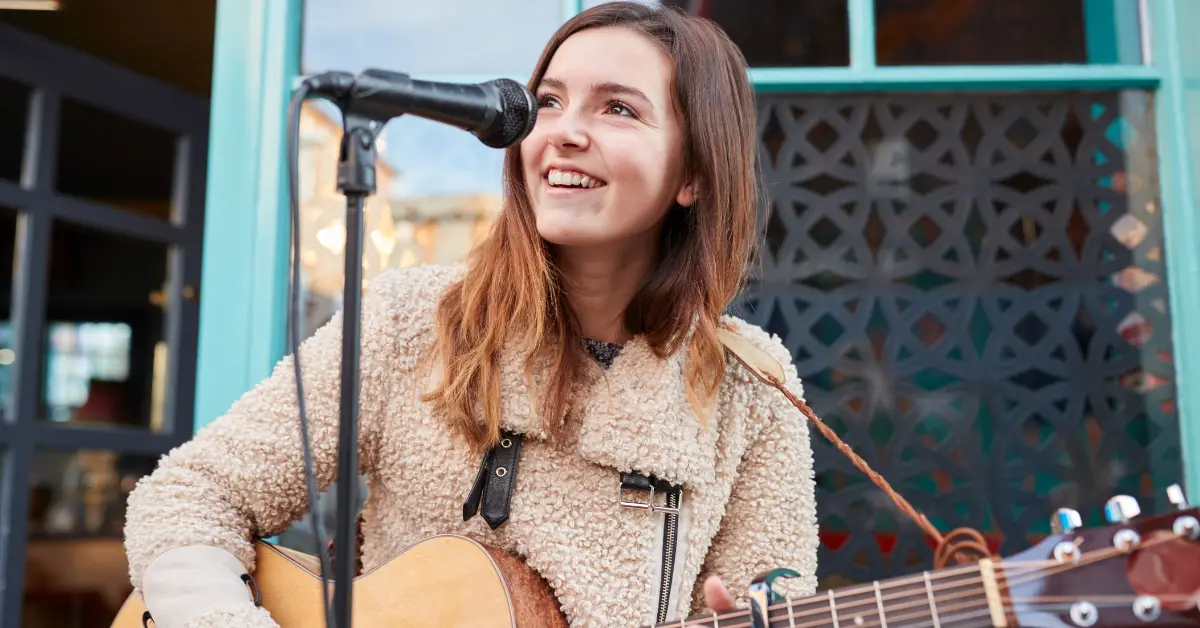
Brand Identity and Consistency
Establishing a consistent brand image across networks to enhance recognition and professionalism. Authenticity is key to successful brand-building on music platforms. An artist’s brand message should be clear, consistent across all platforms, and authentic to their identity and values. This authenticity resonates with audiences and helps in building a trustworthy and relatable brand image. Maintaining this consistency in messaging and aesthetics across all content and interactions reinforces brand recognition and loyalty.
Networking Opportunities on Music Social Networks
These platforms enable artists to connect not just with fans but also with industry professionals, including producers, label executives, and fellow musicians. By engaging in online communities and participating in industry-specific groups, artists can establish valuable connections that can lead to collaboration opportunities, mentorship, and career advancement.
Online events and discussions are a goldmine for networking. Participating in these forums allows artists to showcase their expertise, knowledge, and personality. Whether it’s a live-streamed panel discussion, an online workshop, or a music challenge, these events offer a platform to engage with peers and industry leaders. Active participation not only raises an artist’s profile but also helps in building relationships that could lead to fruitful collaborations and opportunities. Direct messaging on music social networks is a powerful tool for personal networking. Artists can reach out to industry professionals and fellow musicians to discuss potential collaborations, seek advice, or simply build a rapport. This personal approach can often lead to more meaningful connections than public interactions. However, it’s important to approach direct messaging with professionalism and a clear purpose to make a positive impression.
A professional presence is essential for effective networking. This involves maintaining an up-to-date profile, posting high-quality content, and interacting with other users respectfully and constructively. By presenting a professional image, artists can attract the attention of industry figures and potential collaborators, thereby opening doors to new opportunities.
Integration with Broader Digital Strategy
Music social networks are most effective when integrated into a wider digital marketing approach that includes owned channels such as websites and newsletters. While music social platforms offer real-time engagement and global reach, a dedicated website acts as the central hub for an artist’s brand, such as housing essential information, music releases, videos, tour dates, and exclusive content. Newsletters further complement this strategy by providing direct communication with fans, bypassing social media algorithms to deliver updates straight to their inboxes. This multi-channel approach ensures that branding efforts remain cohesive and controlled, allowing artists to shape their narrative and maintain consistent messaging across platforms. By cross-promoting content between social networks, websites, and newsletters, artists can maximize reach, deepen fan relationships, and build a resilient brand presence that isn’t solely dependent on third-party platforms. Integrating these elements creates a more robust and sustainable foundation for long-term brand growth.
Advantages of Music Social Networks for Promotion
In the realm of music promotion, social networks have revolutionized the way artists connect with their audience and industry professionals. The power of these networks lies in their ability to amplify content to global audiences at unprecedented scale and speed, providing artists with a level of visibility once unattainable without substantial marketing budgets or industry connections.
The data-driven nature of these platforms offers invaluable insights into audience preferences, enabling artists to tailor their content and promotional strategies effectively. Here’s a breakdown of how artists can utilize these platforms for promotion:
- Targeted Advertising: Use the platform’s advertising tools to define and reach specific audience segments based on demographics, interests, and listening behaviors. This precise targeting helps ensure that your promotional efforts are seen by those most likely to engage with your music, increasing campaign efficiency and effectiveness.
- Collaborations with Influencers: Partner with influencers who resonate with your target audience to extend your reach and add credibility to your music. Influencers can introduce your work to a broader, yet targeted, audience through their established platforms, enhancing your visibility and potentially attracting new fans.
- Interactive Campaigns: Engage your audience by launching interactive campaigns such as contests, giveaways, or challenges. These initiatives encourage participation and interaction, creating a fun and engaging way for fans to connect with your music and brand, increasing loyalty and community feeling.
- Fan-Generated Content: Encourage fans to create content related to your music, such as covers, remixes, or creative visuals. This not only boosts engagement but also allows fans to feel a part of your artistic journey, fostering a deeper connection and spreading your music organically.
- Regular Updates: Keep your audience interested and engaged with frequent updates. Share teasers, sneak peeks, behind-the-scenes content, and personal stories regularly to maintain interest and anticipation for your projects.
- Exclusive Releases: Offer exclusive content or early access to new releases to your platform followers. This strategy not only rewards your most loyal fans but also encourages others to follow and engage with your platform to gain access to exclusive materials.
- Data Analysis: Utilize the analytics tools provided by the platform to track the performance of your music and promotional activities. Analyzing data such as play counts, demographic information, and engagement rates can help you refine your strategies and make informed decisions about future releases and promotions.
This comprehensive approach to using music social networks for promotion not only enhances the artist’s visibility but also establishes a strong, enduring connection with their audience. The journey of brand building on music social networks is continuous and dynamic. By continually adapting to the evolving landscape of music social networks, artists can significantly amplify their music brand, reaching wider audiences and achieving greater success in their musical endeavors.
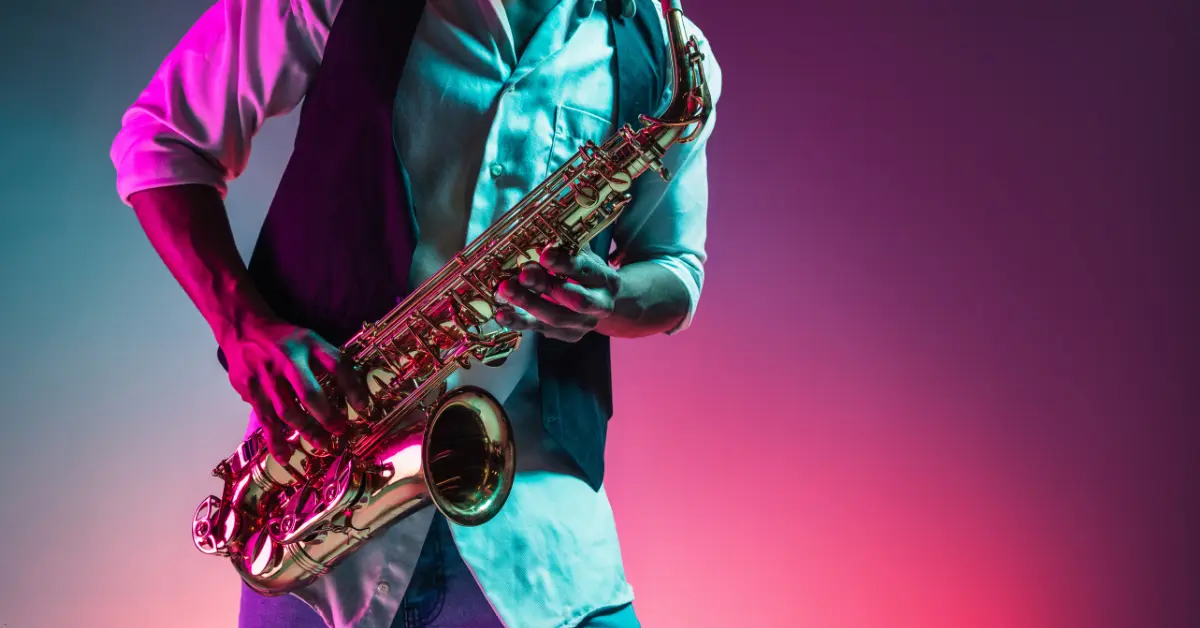
Addressing Challenges and Pitfalls
Musicians may encounter challenges such as overexposure, negative feedback, and time management issues. To navigate these pitfalls, artists should set clear boundaries for sharing, develop a thick skin against criticism, and use scheduling tools to balance online activity with creativity. By staying mindful and strategic, musicians can maintain a healthy presence and make the most of these platforms for brand growth.
Building a brand on music social networks includes a spectrum of benefits and strategies that are crucial for success in the digital music industry. From increasing brand visibility on music social networks to leveraging them for artist collaboration, these platforms offer a wealth of opportunities for artists. Key strategies such as engaging content creation, effective analytics, and the power of community and collaboration have been highlighted. These approaches not only enhance brand visibility and fan loyalty but also open doors to new networking and promotional opportunities. Start building your music brand and connect with collaborators, fans, and industry professionals today on Vampr, the leading social network empowering artists to grow and thrive together.







